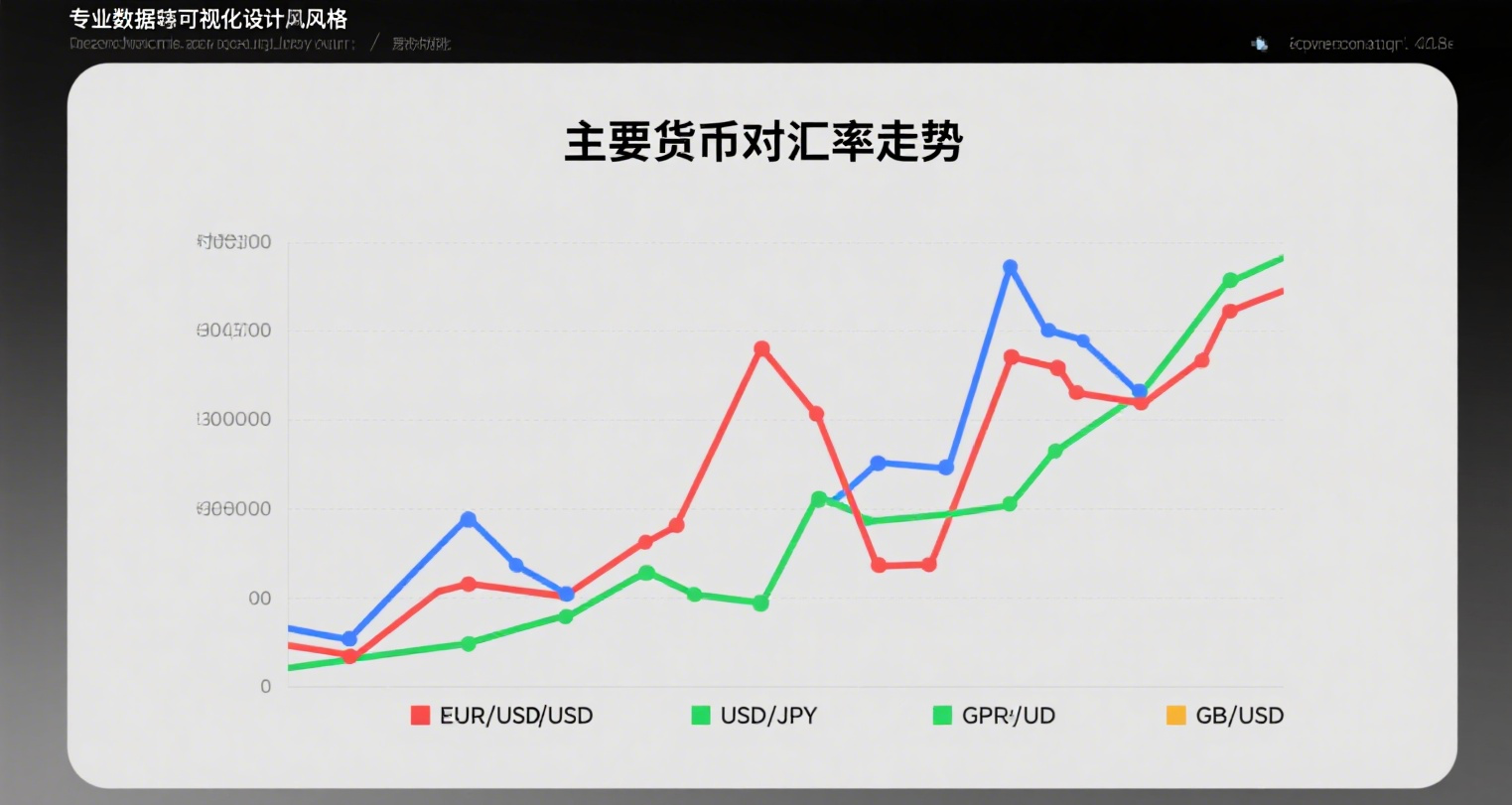
The Economics of Surplus
Conventional economic theories focus macroeconomic objectives on producing more goods with limited resources, particularly in low-income countries where capital accumulation and productivity enhancement become core macroeconomic concerns. However, these theories seldom address how produced goods are distributed, neglecting the impact of investment on distribution, the influence of distribution on production, and the effect of distribution on investment. Consequently, their conclusions often diverge significantly from reality and are sometimes entirely erroneous.
When productive capacity remains low, even with substantial societal demand for goods, actual output is constrained by total supply capacity and thus determined by total supply. When productivity develops to the point where total supply exceeds total demand, actual output becomes determined by total demand. In The General Theory, Keynes quoted Professor Hobson: "In modern industrial societies, under normal circumstances, it is consumption that constrains production, not production that constrains consumption."
Therefore, economics must be divided into two branches: "scarcity economics," where actual output is determined by total supply, and "surplus economics," where actual output is determined by total demand. Solow once remarked, "I think I paid too little attention to the difficulties of effective demand. In other words, the theory of equilibrium growth urgently needs—and still needs—a theory of disequilibrium growth."
Concept
"Surplus economics" refers to the economic principles operating under conditions where the rich have "eaten their fill and made their fortunes," while the poor "remain underfed and financially depleted." The goal of surplus economics is to eradicate poverty and achieve common prosperity.
In situations of relative goods surplus, the primary constraints on economic development are neither insufficient productive capacity nor resource scarcity but rather: (1) The consumption of the wealthy cannot grow further, and the poor cannot obtain opportunities to sell their labor to the rich, thereby lacking access to capital (You cannot grow televisions in farmland. The rich eat only one bowl of rice per meal, and the possibility of trading rice for televisions is limited and diminishing); (2) The poor's money has been exhausted, so the investment of the wealthy can no longer expand. Large-scale construction by the rich could theoretically improve the lives of the poor, but the rich invest to make profits. When the poor lack purchasing power, the rich cannot profit and thus cease investing.
The most prominent figure in "surplus economics" is Keynes, but predecessors like Malthus, Hobson, and Sismondi also contributed. Contemporary to Keynes was the Polish economist Kalecki, whose dynamic economics was more refined than Keynes's theories.
The fundamental premise of "surplus economics" is imperfect market competition (i.e., monopoly) and less-than-full employment. Keynes termed this "equilibrium at less than full employment," while Kalecki measured monopoly power by the formula u = (P - MC)/P, where P is price and MC is marginal cost.
The first law of surplus economics is Keynes's Law: Demand creates its own supply.
In summary, surplus economics studies the phenomena, characteristics, and patterns of economic surplus in market economies, as well as government and corporate responses. Surplus phenomena occur exclusively under market economies and represent their predominant form. Thus, surplus economics essentially examines the most prevalent economic phenomena in market economies. Its research encompasses two objects: the general object (market economic phenomena) and the specific object (surplus economic phenomena). Surplus economics is the science that focuses on surplus economics within the broader framework of market economics.
















